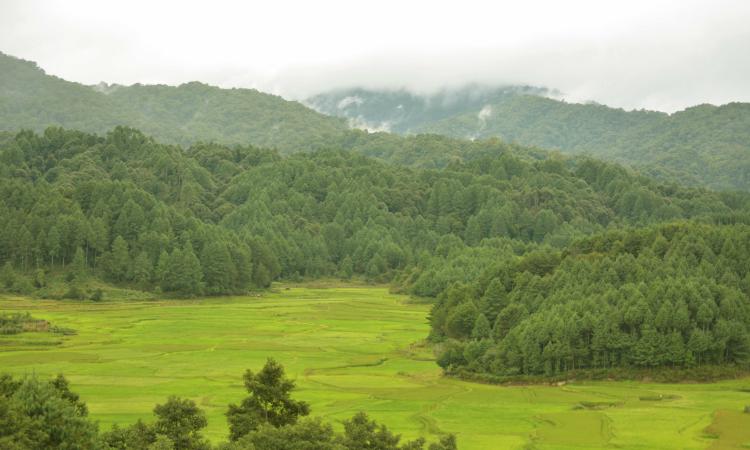
Ziro Valley, which figures in the tentative list of UNESCO World Heritage Sites as a unique cultural landscape, sits at a height of 5600 feet in Arunachal Pradesh. It is inhabited by the Apatani tribe who are completely confined to the valley. With every aspect of Apatani life deeply connected to the sacredness of their landscape, the traditions and systems of their everyday life and livelihoods carry great lessons on sustainable natural resource management.
Ziro is named after one of the clans that first came to the valley about 500 years ago and have since practiced permanent wet rice cultivation. While the neighbouring tribes practice shifting cultivation, the Apatanis practice a unique system of paddy cum agriculture with an intricate network of canals and channels laid across fields in the entire valley where it is believed that every object in nature is sacred. Keeping that firmly in mind, the entire farming process takes place without the use of any animals or machines. Domestic waste such as rice bran, animal excreta, decomposed straw and remains of burnt straw after the harvest are used to enhance soil fertility and also serve as feed to the fishes. Rituals mark the advent and closure of the cultivation cycle.
It is noteworthy how the Apatanis share a deep relationship with their land, forests, water and agriculture and use their resources judiciously. It is not just paddy and fish, but every inch of cultivable land is used to its fullest. One can see millets grown on the bunds constructed in between paddy fields. Also, as a single small river irrigates the paddy fields in the entire valley through a network of irrigation channels; the system ensures that the water is given back to the river to irrigate more fields in the valley downstream!
The video tells the full story.